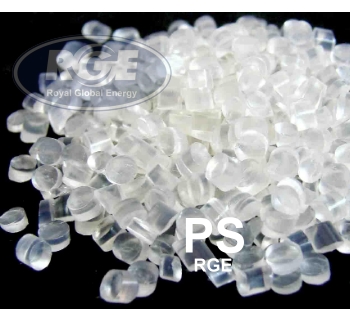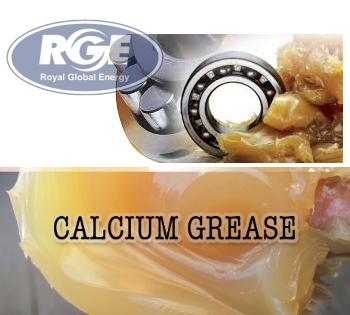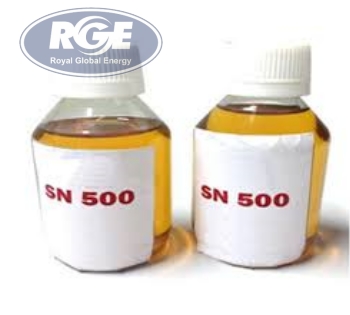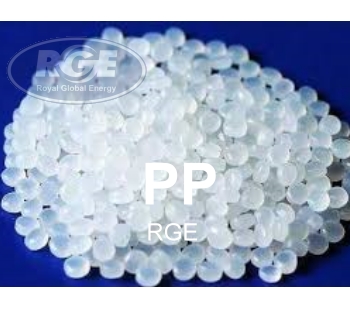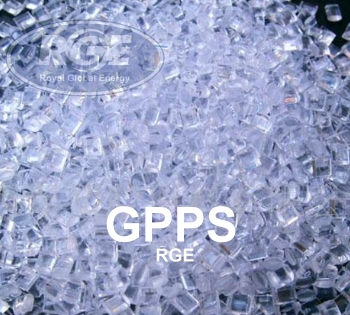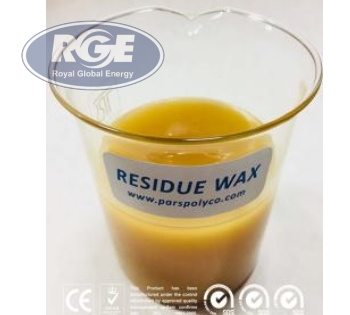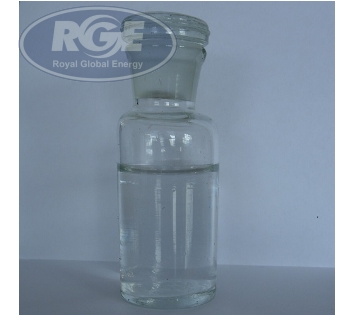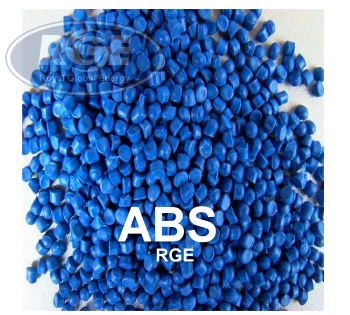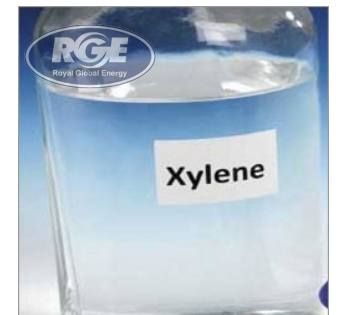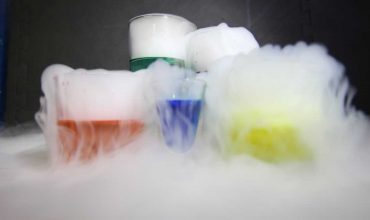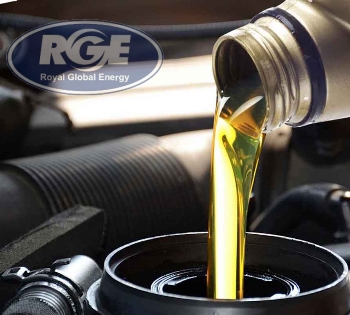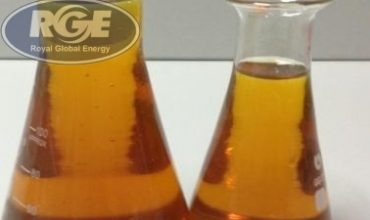Aromatic Products
The analytical technique and methodology used for petroleum hydrocarbon (PHC) testing depend on the carbon atom range of the petroleum products of interest. There are general guidelines for the ranges of gasoline, diesel, residual range organics, oil-range organics, etc. (see below), but each state and, sometimes, each site within a state, may change the boundaries of each range to target their specific analytes of interest based on the cleanup criteria, toxicity, and type of product spilled.
In addition, some states have specific prescribed petroleum hydrocarbon methods for each range, and some even for each class of hydrocarbons (aliphatic or aromatic) being tested. As of January 2012, these states are AK, AZ, CT, FL, ID (NW TPH), MA, MI, MO (GC/MS), MN (WI Methods), MT (MA Methods) MS, NJ , OK, OR (NW TPH), PA, TN, TX, WA (NW TPH), and WI. This list may not be inclusive. Please call the laboratory for current information.
C5+ is a complex mixture of C5 hydrocarbons rich in cyclopentadiene, piperylene, and isoprene. This material is a colorless liquid with a strong gasoline-like odor. It is highly volatile (evaporates quickly) and does not readily mix with water (slightly soluble). C5+ is produced during the manufacture of benzene from pyrolysis gasoline (pygas). Pygas is a byproduct of ethylene production
The following table gives the various analytical tests and their corresponding typical carbon ranges.
| TEST | TYPICAL CARBON RANGE* | |
|---|---|---|
| Fuel Scan | C6-C40 | Semi Quantitative |
| Gasoline range organics (GRO) | C6-C12 | Quantitative |
| Diesel range organics (DRO) | C10-C28 | Quantitative |
| Oil range organics (ORO) | C20-C35 | Quantitative |
| Residual range organics (RRO) | C25-C36 | Quantitative |
| Volatile petroleum hydrocarbons (VPH) | C5-C12 ALIPHATICS** + C9-C10 AROMATICS*** | Quantitative |
| Extractable petroleum hydrocarbons (EPH) | C9-C36 ALIPHATICS** + C11-C22 AROMATICS*** | Quantitative |
* Carbon range may differ from state to state. These ranges are the most common.
** Aliphatics – Petroleum hydrocarbons (PHCs) that do not contain benzene rings.



